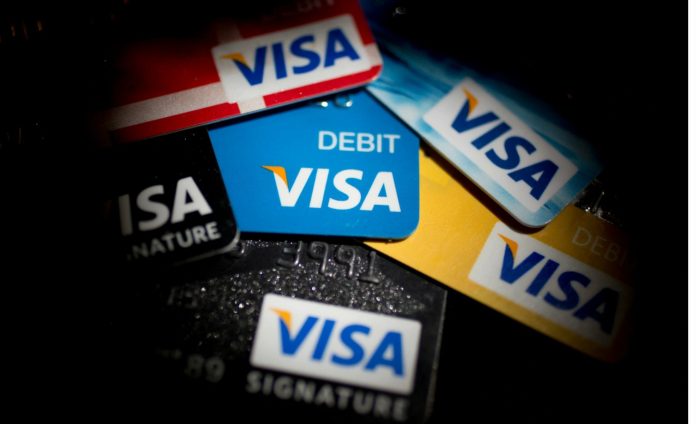Visa recently announced a pilot program to deliver USDC, the second-largest stablecoin in market capitalization, to selected merchants via the Solana blockchain. Visa is aiming to expand its potential to more clients by utilizing high-performance blockchains that can send and receive stablecoins at a faster rate and at a lower cost.
With its dedicated Circle account, Visa plans to send the USDC from its treasury to two major payment firms, Worldpay and Nuvei. These firms will facilitate direct payments for merchants. Solana was chosen for these transactions due to its ability to process them more rapidly than Ethereum with block times of 400 milliseconds, averaging 400 transactions per second (TPS) and exceeding 2,000 TPS1 during peak demand.
Jeremy Allaire, CEO of Circle, commented, “Expanding the pilot exemplifies how pairing USDC with Visa’s innovation opens up the future of payments, commerce, and financial applications.”
While consumers can effortlessly make purchases with Visa, the company undertakes a complex payment process behind the scenes. Typically, after a transaction, the cardholder’s bank transfers funds to Visa’s treasury, which then pays out the money to the merchant’s bank, usually in fiat currency. The addition of a USDC option gives Visa the potential to speed up the process.
Cuy Sheffield, Visa’s head of crypto, expressed optimism about the potential for faster transactions in the future. He stated that financial institutions should consider this modern trend of finance.
This development represents another instance of a traditional payments company entering the crypto sphere this year. PayPal and Mastercard have also introduced crypto offerings, despite increased regulatory scrutiny by the federal government. Visa’s move toward USDC adoption highlights the company’s commitment to the crypto space and stablecoins.

